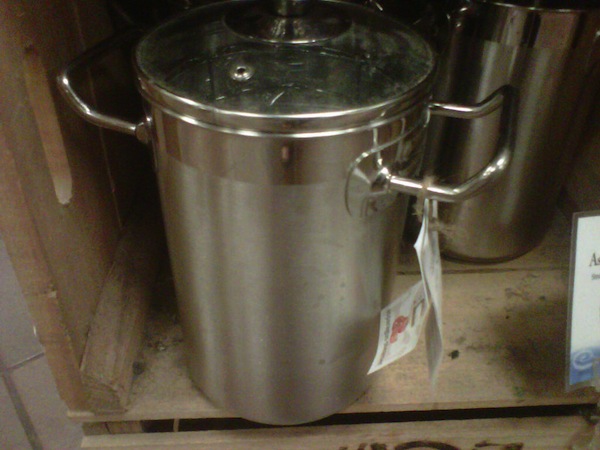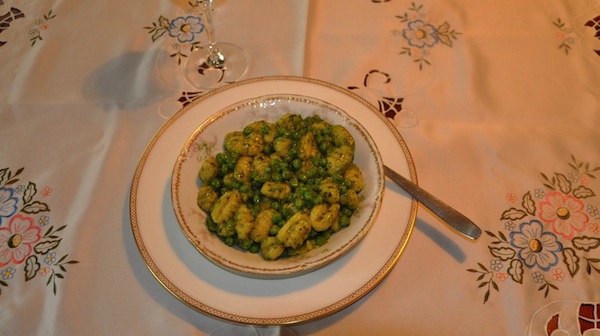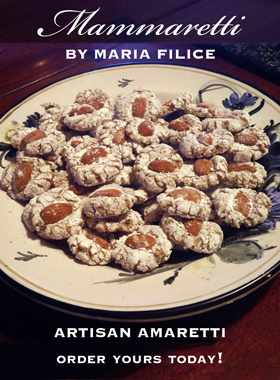
Asparagus is available year-round, but spring is the best season, since crops are normally harvested from late February to June. What I love most about asparagus is its rich taste, whether it’s boiled, steamed, stir-fried, roasted, grilled, or, yes, even microwaved. Still, I must confess that I rarely use my microwave for asparagus because it only takes minutes to cook.
Whenever my grandmother made frittata with asparagus, it was always a family favorite and there were never any leftovers. With her large skillet, she created the most delicious open-faced frittata. She would start by frying onion and asparagus for a few minutes, add the beaten eggs, and then top them with fresh ricotta cheese, fresh mozzarella cubes, and grated Parmigiano-Reggiano. The mixture would cook over a very low heat for at least 10 minutes. “Nanna” would then grab the skillet with both hands and transfer the frittata to a large plate. She would then flip the plate and continue cooking the frittata, allowing the top to cook for a few more minutes. Finally she would slice it and serve it warm with fresh crusty Italian bread. Such great memories!
Laying the asparagus flat in a large pan with a lid, I steamed it for a few minutes and then served it warm with the dressing. I have seen fancy asparagus steamers that include a basket inside the pot. Using these pots, the asparagus is cooked standing up, with the idea that the stems require additional cooking. I am very versatile in the kitchen, and so I will spend money on the basic pots.

My helpful asparagus tip (no pun intended) is to cook it “al dente,” like pasta. Why “al dente”? Asparagus are very delicate, and if you overcook them, then they end up mushy. If you are serving them cold, stop the cooking process and plunge the cooked stalks into an ice-water bath. If you are serving them hot, stop the cooking process a couple of minutes before they are completely cooked. The asparagus will continue to cook in their own heat.
In this recipe, I added leftover asparagus tips to a fresh bowl of rigatoni pasta and pesto. It’s not cheating, though. It’s just the traditional, old-school method of finding new ways to use leftovers. Fresh and delicious!

a presto,
Maria







